1. Best: San Diego Zoo, California

Renowned for its large and diverse animal collection, the San Diego Zoo is often regarded as one of the best in the world. Home to over 3,700 animals of more than 650 species, it offers expansive exhibits designed to replicate natural habitats, from the African savanna to the Australian outback. The zoo’s focus on conservation and research is unmatched, with a strong commitment to endangered species programs. According to the San Diego Zoo Wildlife Alliance, the San Diego Zoo is also praised for its educational outreach and visitor-friendly design, ensuring that guests learn about wildlife conservation while enjoying the exhibits.
Experts praise the zoo for its modern facilities and efforts in wildlife breeding programs, including the successful reintroduction of species into the wild. It is also famous for its unique exhibits, like the Giant Panda Exhibit, which has been a long-time favorite of visitors. The zoo’s dedication to animal welfare, habitat creation, and global conservation efforts make it a top contender for the best zoo in the U.S.
2. Best: Bronx Zoo, New York

The Bronx Zoo is one of the largest metropolitan zoos in the world, spanning 265 acres and housing over 6,000 animals, according to Wikipedia. It is celebrated for its commitment to providing naturalistic habitats for its animals, many of which are endangered species. The zoo is home to several highly acclaimed exhibits, such as the Congo Gorilla Forest and the Tiger Mountain. Experts also highlight the zoo’s comprehensive conservation programs, which aim to protect wildlife both in the U.S. and abroad.
The Bronx Zoo is a leader in conservation efforts, partnering with various wildlife organizations to support field projects. Its educational programs for visitors are top-notch, offering interactive learning experiences that engage all ages. The zoo also prioritizes animal welfare, ensuring that all species are kept in environments that closely resemble their natural habitats. These efforts make it a consistent favorite among both visitors and experts.
3. Best: Smithsonian National Zoo, Washington, D.C.
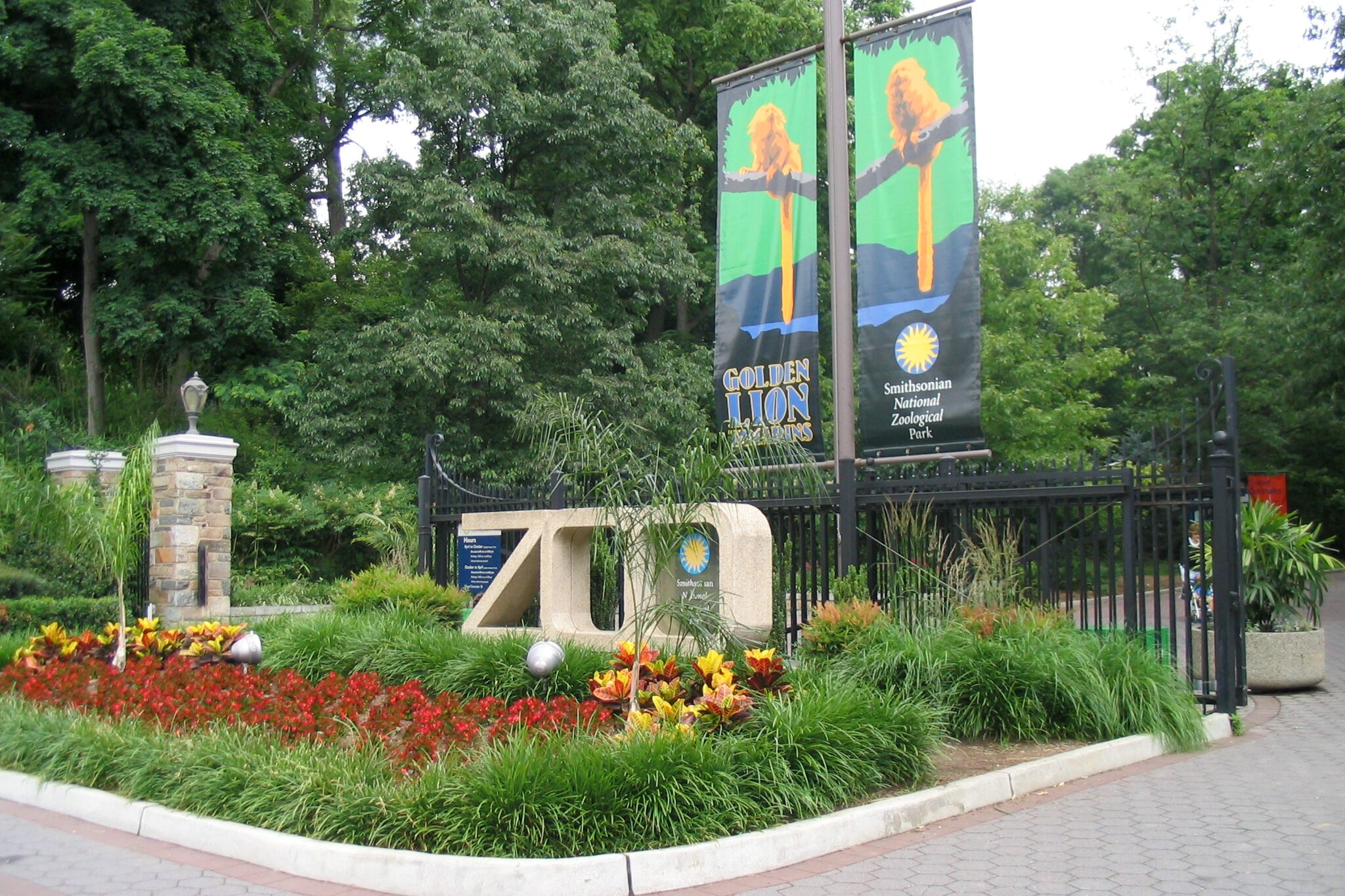
Part of the Smithsonian Conservation Biology Institute, the National Zoo is not only a beloved attraction but also a center for animal research and conservation. With over 2,000 animals representing more than 400 species, it is one of the most renowned zoos in the country. Its focus on biodiversity conservation is reflected in exhibits like the Great Ape House and the Amazonia exhibit, which showcase the zoo’s global conservation mission.
Experts admire the National Zoo for its educational outreach and free admission policy, which makes it accessible to all visitors. It is also praised for its well-maintained facilities and animal habitats, as well as its dedication to conservation research. Programs like the Smithsonian’s Species Survival Plan, which focuses on endangered species breeding and preservation, further solidify the zoo’s reputation as a leader in wildlife protection.
4. Best: Oregon Zoo, Portland, Oregon

The Oregon Zoo is known for its commitment to sustainable practices and conservation efforts. It houses over 2,600 animals across 230 species, including polar bears, elephants, and jaguars. Experts highlight the zoo’s efforts to provide spacious, natural habitats for its animals, as well as its active role in global conservation programs.
The Oregon Zoo stands out for its emphasis on education and community engagement, with numerous programs designed to teach visitors about conservation and animal welfare. It also leads initiatives to protect wildlife in the Pacific Northwest and around the world, according to Oregon Zoo. The zoo’s dedication to sustainability, such as its use of renewable energy and conservation-oriented programs, makes it a model for other zoos to follow.
5. Best: Woodland Park Zoo, Seattle, Washington

Woodland Park Zoo is recognized for its exceptional animal care and focus on creating immersive habitats that replicate the animals’ native environments. The zoo houses over 1,000 animals and is particularly known for its work with endangered species. One of its most famous exhibits is the African Savanna, where visitors can see giraffes, zebras, and cheetahs in a spacious, open-air exhibit.
Experts applaud the zoo’s commitment to conservation, especially in the areas of species protection and environmental education. It is involved in a number of international wildlife conservation programs, helping to fund research and reintroduction efforts for endangered species. Visitors also appreciate the zoo’s dedication to providing an enriching environment for its animals, with a strong focus on animal enrichment and welfare.
6. Best: San Francisco Zoo, California
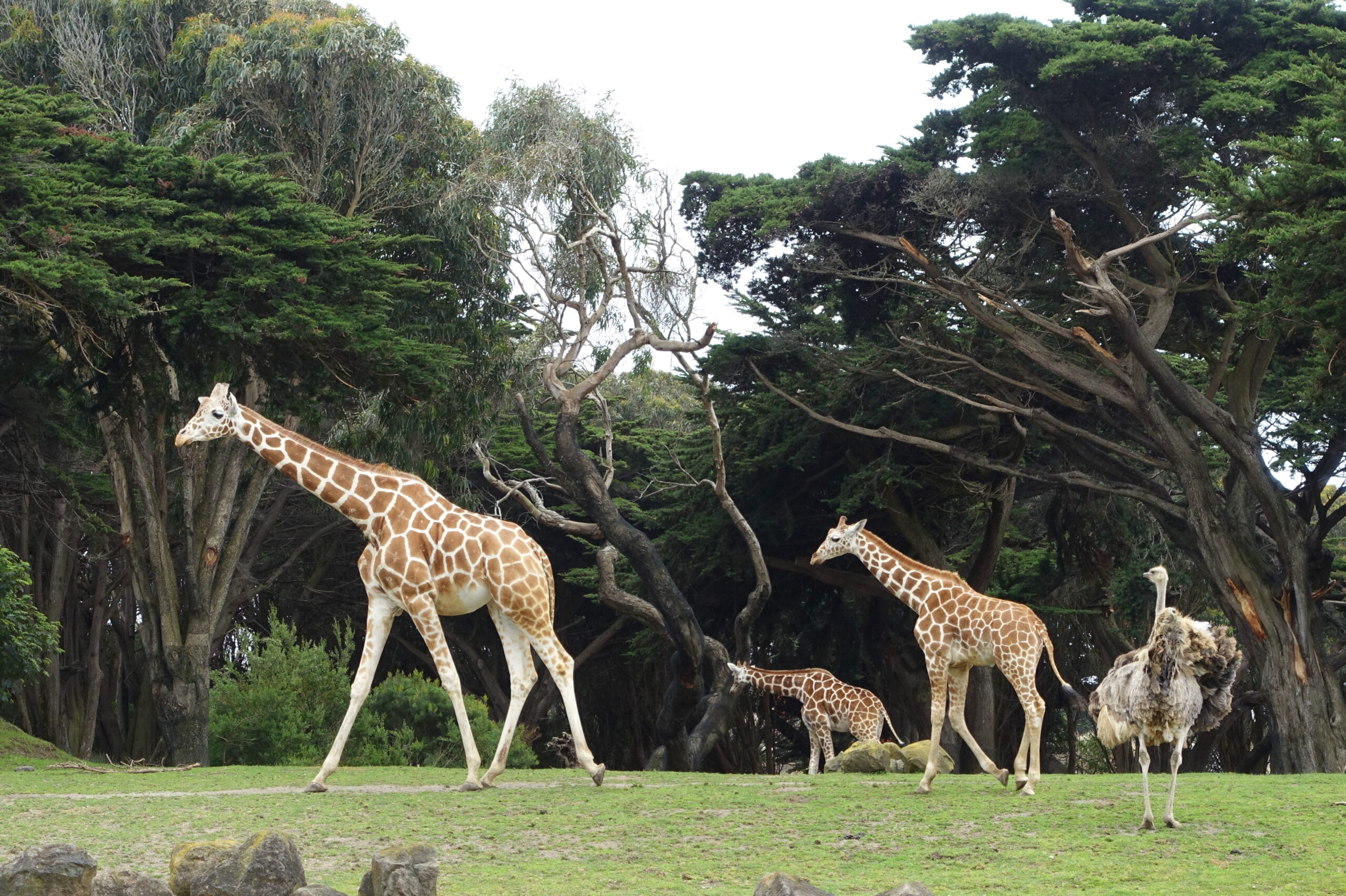
Located just south of downtown San Francisco, this zoo is a beloved destination for animal lovers of all ages. The San Francisco Zoo is home to more than 1,000 animals, including endangered species such as the snow leopard and the Malayan tiger. The zoo is praised for its modern, well-designed exhibits and commitment to creating environments that reflect the animals’ natural habitats.
Experts recognize the zoo for its conservation efforts, particularly in breeding endangered species and protecting native wildlife in the Bay Area. The zoo’s educational programs are also highly regarded, offering interactive experiences that engage visitors and raise awareness about conservation issues. Its location in a major metropolitan area gives it the unique opportunity to connect with a large and diverse audience, fostering a greater understanding of the importance of wildlife preservation.
7. Best: Indianapolis Zoo, Indiana
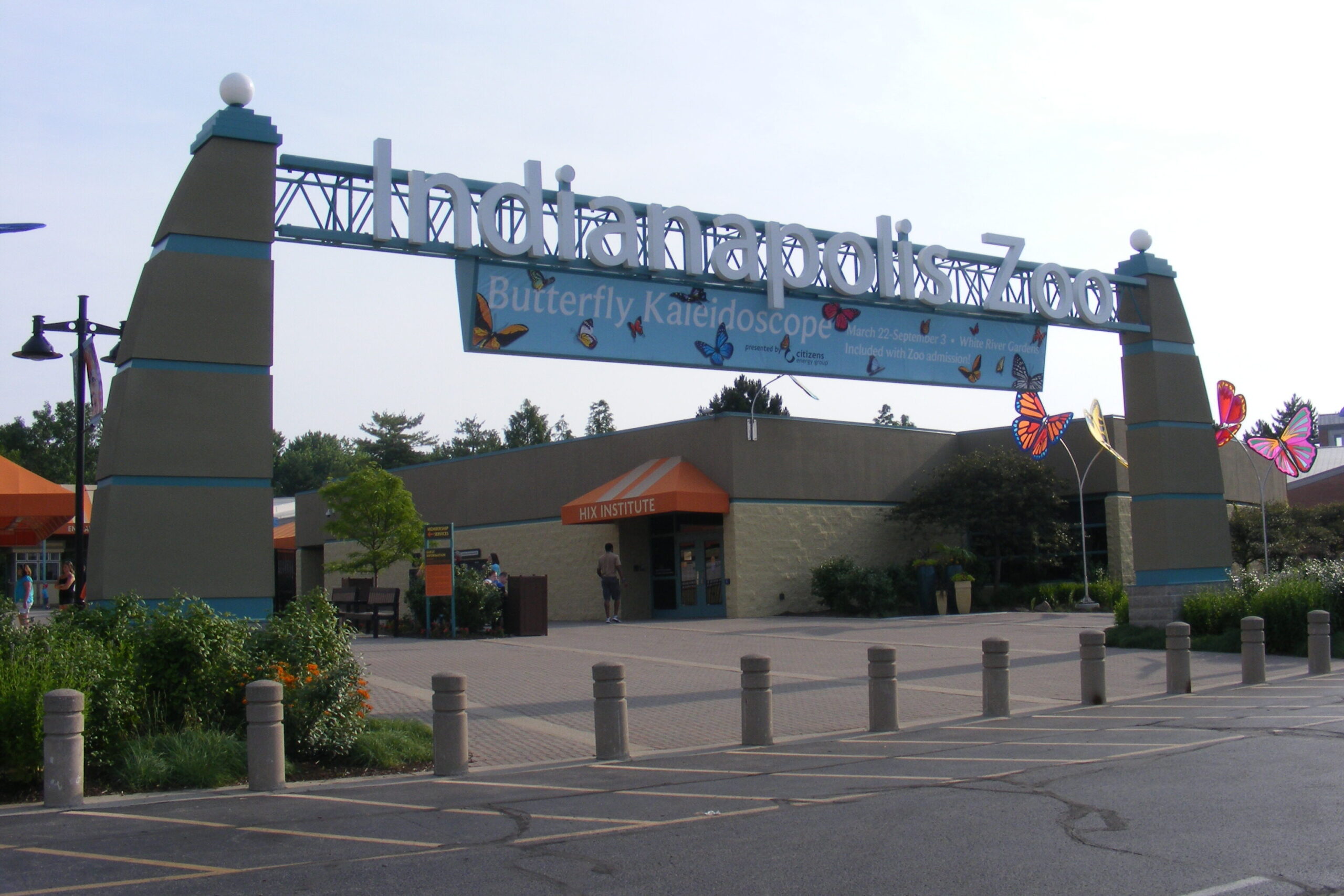
The Indianapolis Zoo is known for its commitment to animal welfare and conservation, boasting over 1,400 animals across more than 230 species. The zoo offers a variety of innovative exhibits, such as the Dolphin Pavilion, which allows visitors to see dolphins up close in a cutting-edge facility. Experts admire the zoo for its spacious habitats and focus on conservation, particularly in supporting endangered species.
The Indianapolis Zoo is also known for its strong educational programs, which aim to teach visitors about the importance of biodiversity and conservation efforts. Its breeding programs, particularly for endangered species like the Amur tiger, have garnered national attention. The zoo’s focus on animal care, research, and conservation makes it one of the top zoos in the country.
8. Best: Cincinnati Zoo & Botanical Garden, Ohio

One of the oldest zoos in the U.S., the Cincinnati Zoo & Botanical Garden is widely regarded as a leader in both animal care and conservation. The zoo is home to more than 500 species, including endangered animals like the Sumatran rhinoceros and the western lowland gorilla. Experts commend the zoo for its extensive research in animal behavior and conservation science.
The Cincinnati Zoo has also been recognized for its innovative exhibits, such as the Africa exhibit, which gives visitors an immersive experience in a recreated African savanna. The zoo is dedicated to preserving wildlife through its breeding programs and field conservation efforts. With its focus on education and hands-on learning, it remains a top choice for animal lovers across the country.
1. Worst: Miami Seaquarium, Florida
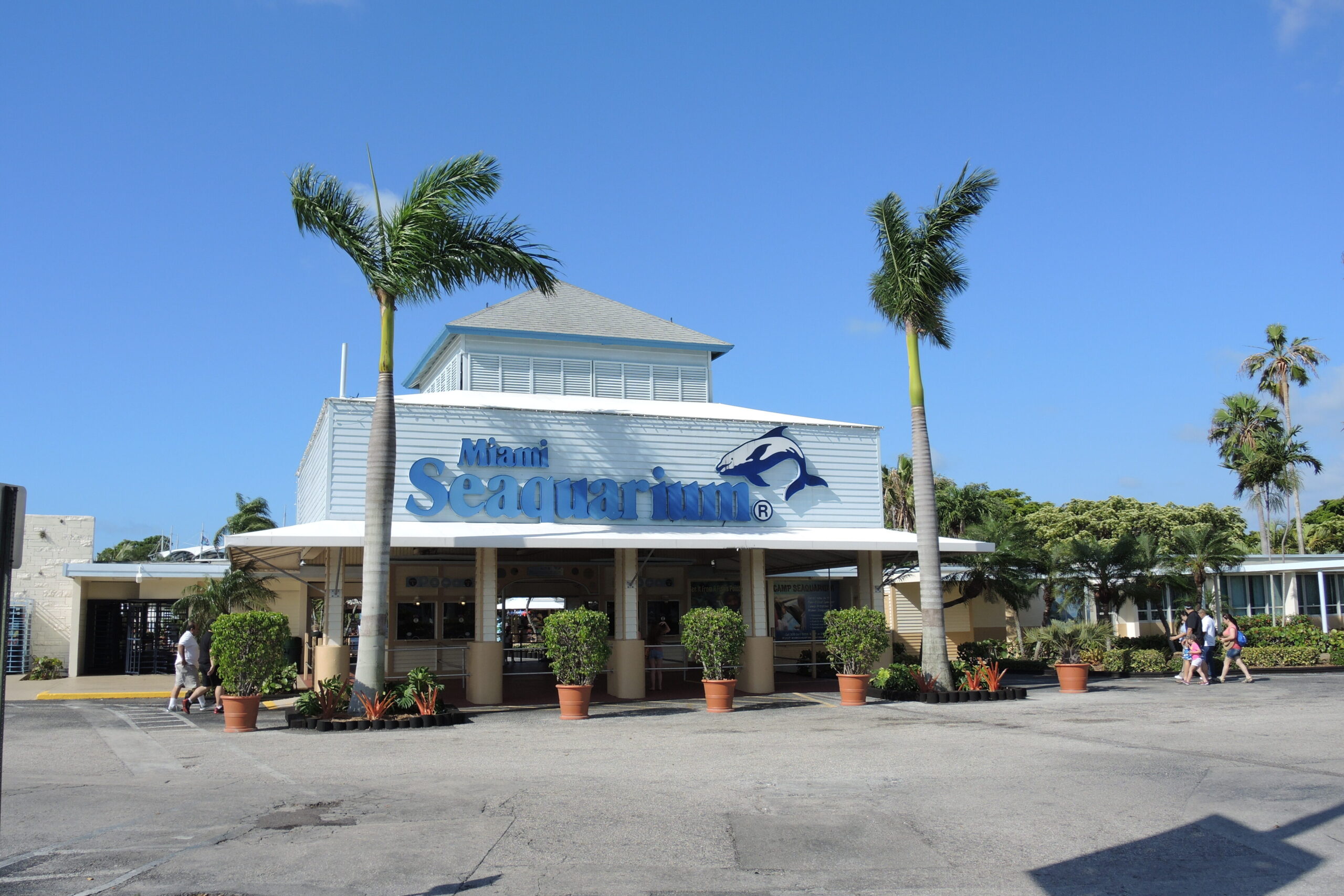
The Miami Seaquarium has long been controversial due to its treatment of marine animals, particularly its orcas and dolphins. The facility has been accused of housing these highly intelligent and social animals in small, inadequate enclosures that do not meet their physical and psychological needs. According to PETA, experts have also raised concerns about the lack of naturalistic environments for the animals, with some enclosures being considered outdated and subpar for long-term care.
The Seaquarium has faced legal battles and protests, particularly after the release of documentaries highlighting the poor conditions of its animals. While the facility continues to operate, many experts and animal rights groups argue that it is more focused on entertainment than on true conservation efforts or animal welfare. Critics believe the Seaquarium should prioritize the needs of its animals over commercial shows and performances.
2. Worst: Los Angeles Zoo, California
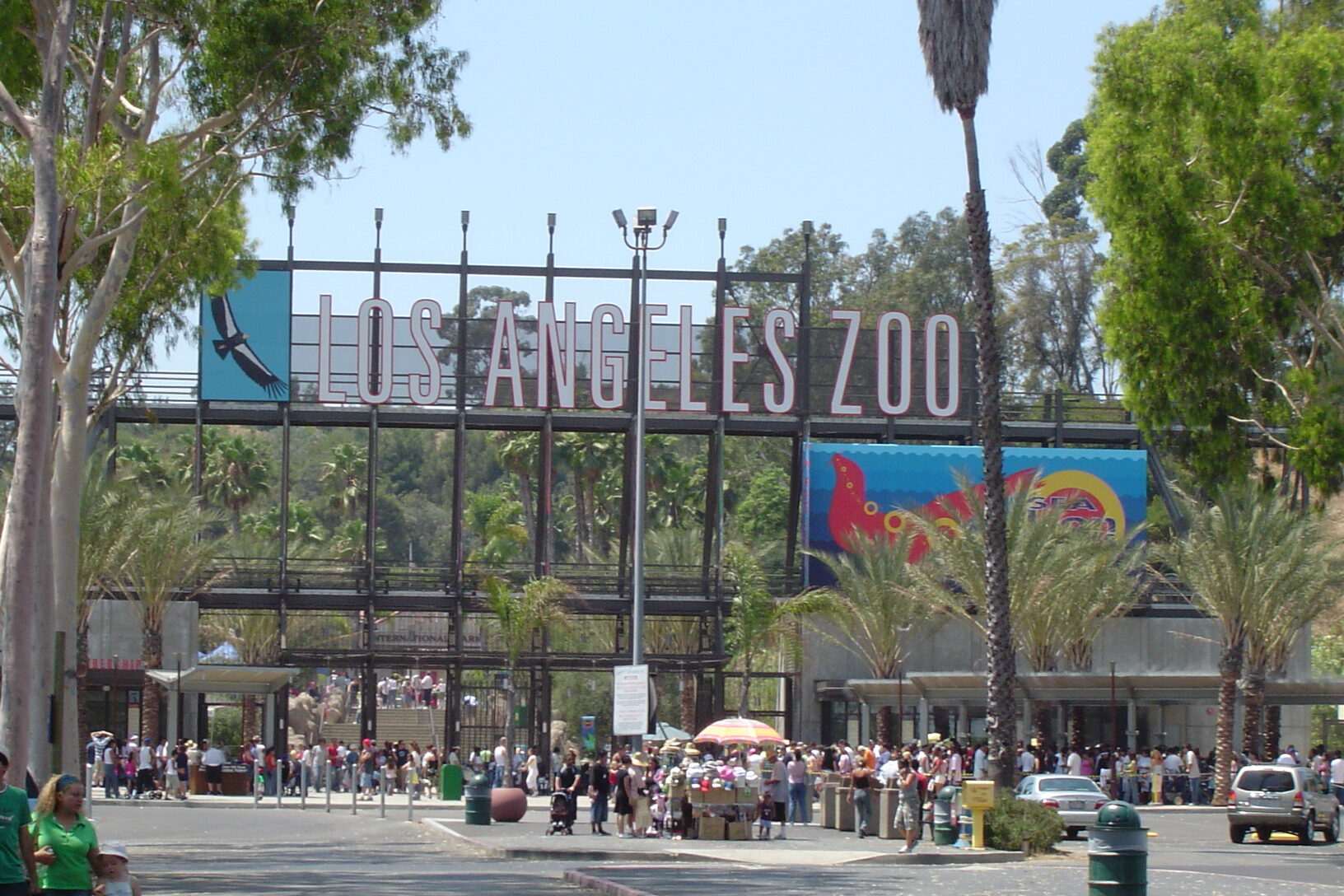
The Los Angeles Zoo has faced several controversies related to animal welfare, particularly its elephant exhibit, which has been deemed inadequate by many experts. Critics argue that the space is too small and lacks sufficient enrichment for elephants, which are highly social and intelligent animals that require larger, more complex environments.
The zoo has also faced criticism for its outdated enclosures for other large mammals, such as gorillas and orangutans, and for the lack of naturalistic settings in certain areas, according to Los Angeles Times. While the LA Zoo has made efforts to update some of its exhibits in recent years, including a new orangutan habitat, animal welfare experts contend that the zoo still has a long way to go to provide adequate spaces for its animals. Some believe that the zoo’s focus on showcasing exotic animals rather than offering more ethical, conservation-driven programs leaves much to be desired.
3. Worst: Detroit Zoo, Michigan
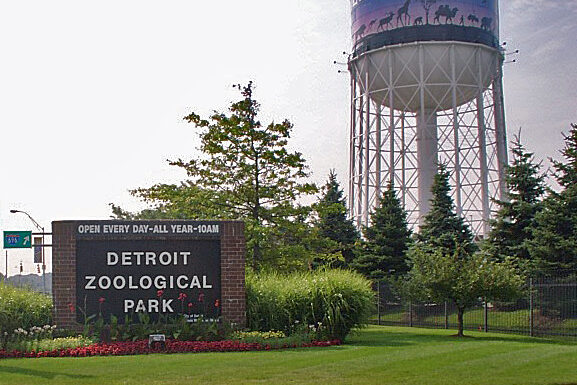
While the Detroit Zoo is known for its involvement in some important conservation programs, it has faced criticism for its outdated facilities, particularly for species like polar bears and elephants. Animal welfare experts have pointed out that many of the enclosures do not offer enough space or stimulation for these large animals, which can lead to stress and behavioral issues.
Though the Detroit Zoo has made efforts to modernize and expand certain exhibits, such as the Arctic Ring of Life for polar bears, critics believe that many animals still remain in suboptimal conditions. Experts argue that the zoo could do more to create environments that closely resemble the animals’ natural habitats, which is crucial for both their physical and mental well-being. Additionally, some believe the zoo’s focus on attracting visitors through animal displays rather than prioritizing conservation could undermine its credibility.
4. Worst: Jungle Island, Florida
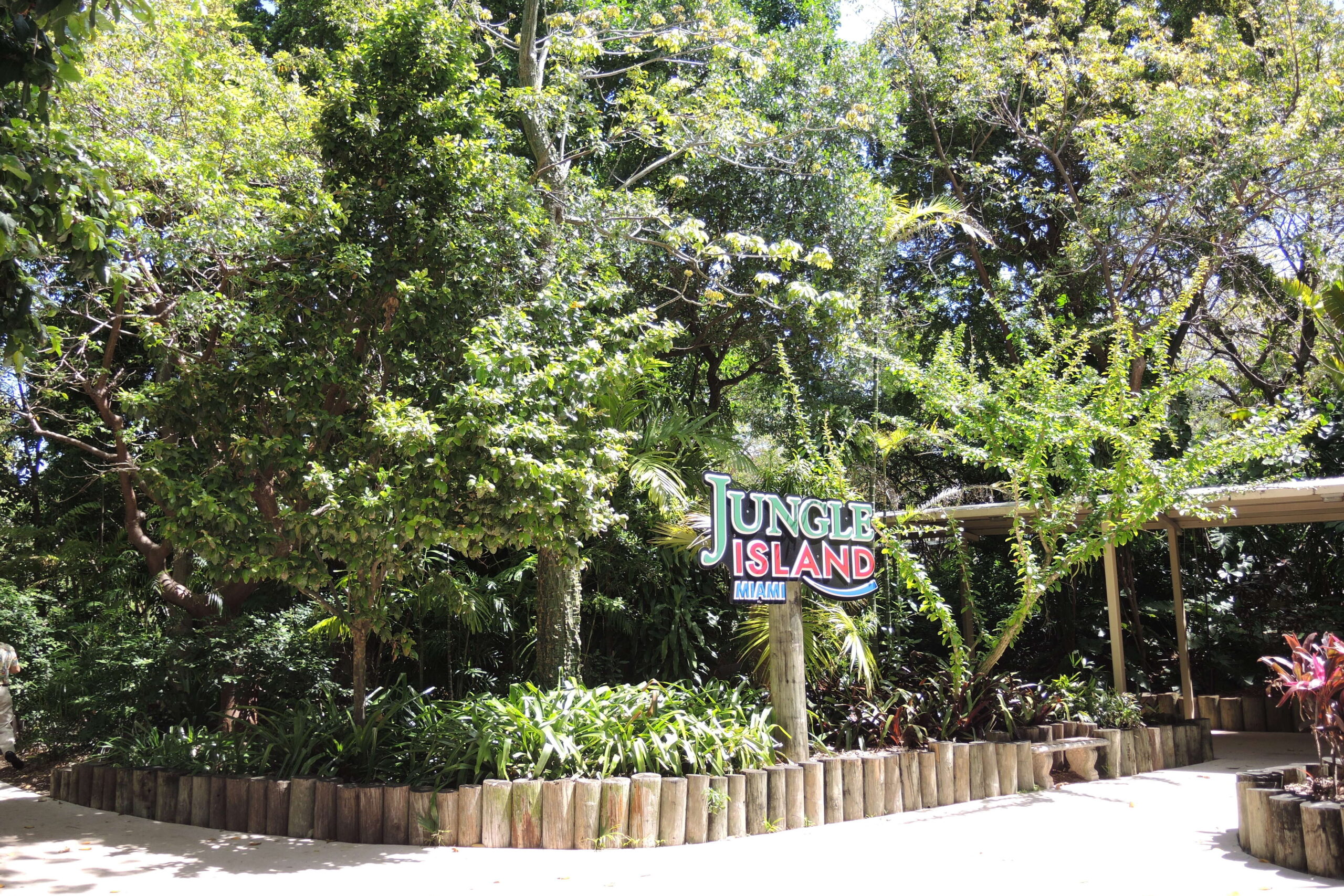
Jungle Island, located in Miami, has been under scrutiny due to concerns about the treatment of its exotic animals, particularly its primates and big cats. The facility has been criticized for its reliance on animal performances and entertainment rather than focusing on education or conservation efforts. Many experts argue that the emphasis on animal shows, often involving forced behaviors and unnatural interactions, is detrimental to the well-being of the animals.
Animal welfare groups have raised concerns about the lack of proper enrichment and space for some of the animals housed at Jungle Island. Critics contend that the park’s approach to animal care often prioritizes profit over the ethical treatment of animals. While Jungle Island has made attempts to improve some of its exhibits, experts argue that it still has a long way to go in terms of providing the appropriate environments and caring for its animals.
5. Worst: The Great Plains Zoo, South Dakota
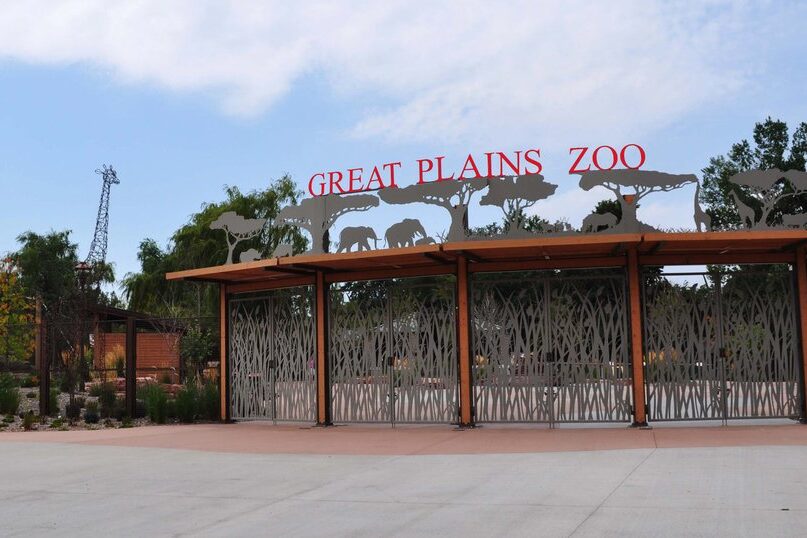
The Great Plains Zoo in Sioux Falls, South Dakota, has received criticism for its outdated enclosures and questionable animal care practices. Many experts have pointed out that the zoo’s exhibits lack the complexity and space that many of its residents, such as elephants, tigers, and giraffes, require. The zoo has also faced scrutiny for the physical condition of some animals, with concerns about inadequate veterinary care and enrichment.
Though the zoo has made efforts to upgrade some exhibits and improve conditions, experts argue that the overall visitor experience is still limited by the outdated infrastructure. The Great Plains Zoo has struggled to live up to modern standards of animal care and conservation, and animal rights groups believe the zoo needs a major overhaul to better prioritize animal welfare over commercial success.


